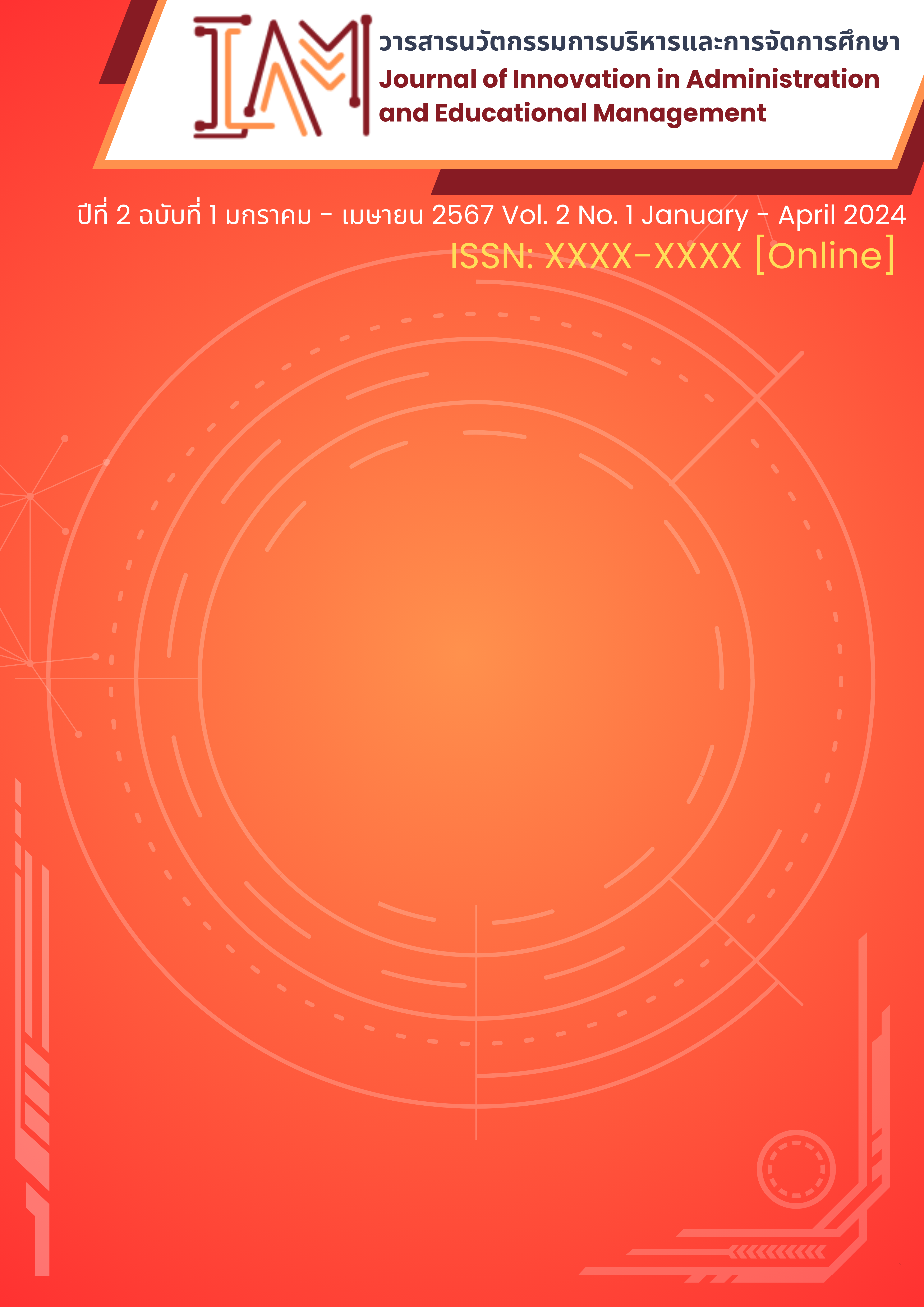การสุ่มตัวอย่างในงานวิจัย: หลักการ วิธีการ และการประยุกต์ใช้
บทคัดย่อ
เทคนิคการสุ่มตัวอย่างในการวิจัยเป็นกระบวนการสำคัญในการเลือกกลุ่มตัวอย่างจากประชากร เพื่อให้ได้ข้อมูลที่แม่นยำและน่าเชื่อถือโดยไม่จำเป็นต้องเก็บข้อมูลจากประชากรทั้งหมด การสุ่มตัวอย่างช่วยลดข้อจำกัดด้านเวลา งบประมาณ และบุคลากร ทำให้นักวิจัยสามารถสรุปผลและอ้างอิงถึงประชากรทั้งหมดได้อย่างถูกต้องและเป็นระบบ เทคนิคการสุ่มตัวอย่างหลักๆ ประกอบด้วย การสุ่มตัวอย่างแบบง่าย การสุ่มตัวอย่างแบบชั้น การสุ่มตัวอย่างแบบกลุ่ม และการสุ่มตัวอย่างแบบระบบ เทคนิคเหล่านี้ช่วยเพิ่มความแม่นยำและลดความเอนเอียงในการเก็บข้อมูล นอกจากนี้ยังมีเทคนิคการสุ่มตัวอย่างแบบไม่ใช้ความน่าจะเป็น เช่น การสุ่มตัวอย่างแบบเจาะจง การสุ่มตัวอย่างแบบโควตา การสุ่มตัวอย่างแบบสะดวก และการสุ่มตัวอย่างแบบลูกโซ่ ที่เหมาะสำหรับงานวิจัยเชิงคุณภาพหรือกรณีที่ต้องการเข้าถึงกลุ่มเป้าหมายเฉพาะ กระบวนการสุ่มตัวอย่างที่ดีและเหมาะสมจะช่วยให้นักวิจัยสามารถเก็บข้อมูลได้อย่างมีประสิทธิภาพและน่าเชื่อถือ ทำให้ผลการวิจัยสามารถสะท้อนความเป็นจริงและนำไปใช้ประโยชน์ได้อย่างแท้จริง นักวิจัยควรพิจารณาเลือกใช้เทคนิคการสุ่มตัวอย่างที่ตรงกับวัตถุประสงค์ของการวิจัยและลักษณะของประชากร เพื่อให้ได้ผลลัพธ์ที่มีคุณภาพและสามารถนำไปใช้ในสถานการณ์จริงได้อย่างมีประสิทธิภาพ
Downloads
เอกสารอ้างอิง
Babbie, E. (2010). The Practice of Social Research. 12th ed.. Wadsworth.
Cochran, W. G. (1977). Sampling Techniques. 3rd ed.. John Wiley & Sons.
Creswell, J. W. (2014). Research Design: Qualitative, Quantitative, and Mixed Methods Approaches. Singapore: Sage Publications.
Etikan, I., Musa, S. A., & Alkassim, R. S. (2016). Comparison of Convenience Sampling and Purposive Sampling. American Journal of Theoretical and Applied Statistics, 5(1), 1-4.
Fraenkel, J. R., Wallen, N. E., & Hyun, H. H. (2011). How to Design and Evaluate Research in Education. New York: McGraw-Hill.
Fowler, F. J. (2014). Survey Research Methods. 5th ed.. Singapore: Sage Publications
Groves, R. M., Fowler Jr., F. J., Couper, M. P., Lepkowski, J. M., Singer, E., & Tourangeau, R. (2009). Survey Methodology. 2nd ed.. Chichester: John Wiley & Sons.
Kish, L. (1965). Survey Sampling. Chichester: John Wiley & Sons.
Lohr, S. L. (2009). Sampling: Design and Analysis. Canada: Nelson Education.
Neuman, W. L. (2014). Social Research Methods: Qualitative and Quantitative
Approaches. Essex: Pearson.
Thompson, S. K. (2012). Sampling. 3rd ed.. Chichester: John Wiley & Sons.
Trochim, W. M., & Donnelly, J. P. (2007). The Research Methods Knowledge Base. Mason: Atomic Dog Publishing.
ดาวน์โหลด
เผยแพร่แล้ว
รูปแบบการอ้างอิง
ฉบับ
ประเภทบทความ
สัญญาอนุญาต

อนุญาตภายใต้เงื่อนไข Creative Commons Attribution-NonCommercial-NoDerivatives 4.0 International License.





